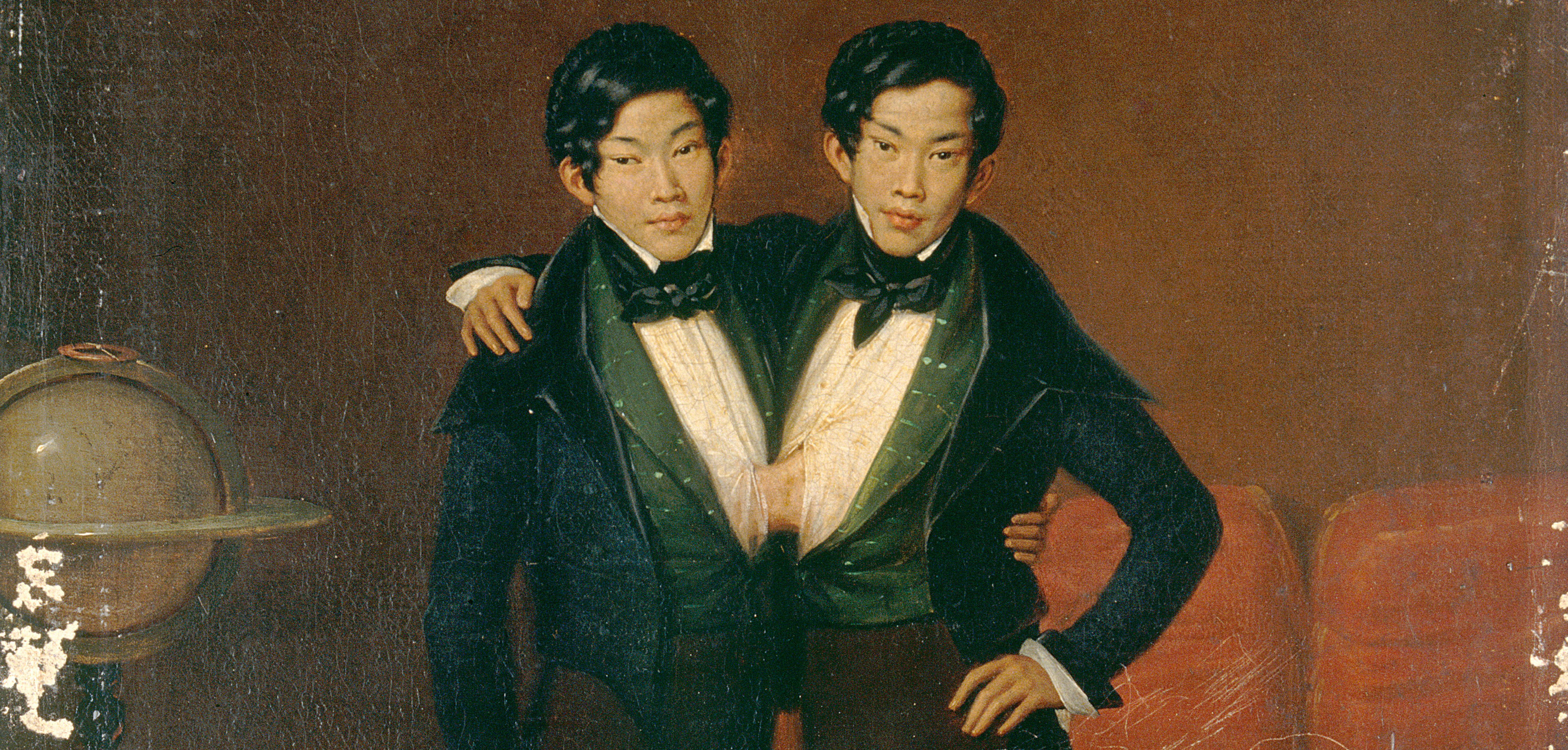This issue of 19 on ‘Replicating Bodies’ explores how nineteenth-century culture constructed organic bodies (human and animal) as objects of replication and replicating machines in themselves. The articles collected here cover a wide range of subjects from taxidermy, medical anatomical models, and stage performance to psychological theories of imitation and uncanny doubles. The issue considers how representations of bodily replication interacted with wider concerns about authenticity, epistemology, identity, and animal/human, nature/culture binaries. Charles Dickens’s depictions of stuffed animals are shown to blur the lines between life and death, the organic and the artificial. Uncanny doublings in Gothic fiction and theatre are explored as vehicles for expressing pre-Freudian notions of an unconscious ‘haunting’ the human mind. Anatomical models from the period are shown to have both accurately reproduced human bodies and made them radically strange. We see how early medical photographs sought to not only replicate human bodies but freeze them in particular moments of disease and recovery. The body’s capacity for mimicry acquires a disturbing, revolutionary aspect in the discussion of Henry Crofton’s novel of a mischievous ventriloquist Valentine Vox. Further, efforts in the period to replicate non-European bodies on stage through various symbolic means demonstrate how bodies were not merely material objects but loci of shifting signs and interpretations. Cover image: Edouard-Henri-Théophile Pingret, Chang and Eng, Siamese Twins, 1836. Wellcome Library, London.
Articles
Introduction: Replicating Bodies in Nineteenth-Century Science and Culture
Will Abberley
2017-05-12 Issue 24 • 2017 • Replicating Bodies in Nineteenth-Century Science and Culture
Replicating Venus: Art, Anatomy, Wax Models, and Automata
Corinna Wagner
2017-05-12 Issue 24 • 2017 • Replicating Bodies in Nineteenth-Century Science and Culture
Seen and Unseen: The Representation of Visible and Hidden Disease in the Waxworks of Joseph Towne at the Gordon Museum
Kristin D. Hussey
2017-05-12 Issue 24 • 2017 • Replicating Bodies in Nineteenth-Century Science and Culture
Reading the Body-Object: Nineteenth-Century Taxidermy Manuals and Our Mutual Friend
Verity Darke
2017-05-12 Issue 24 • 2017 • Replicating Bodies in Nineteenth-Century Science and Culture
Holy Horror: Medicine, Martyrs, and the Photographic Image 1860–1910
Treena Warren
2017-05-12 Issue 24 • 2017 • Replicating Bodies in Nineteenth-Century Science and Culture
V for Ventriloquism: Powers of Vocal Mimicry in Henry Cockton’s The Life and Adventures of Valentine Vox, the Ventriloquist
Christopher Pittard
2017-05-12 Issue 24 • 2017 • Replicating Bodies in Nineteenth-Century Science and Culture

